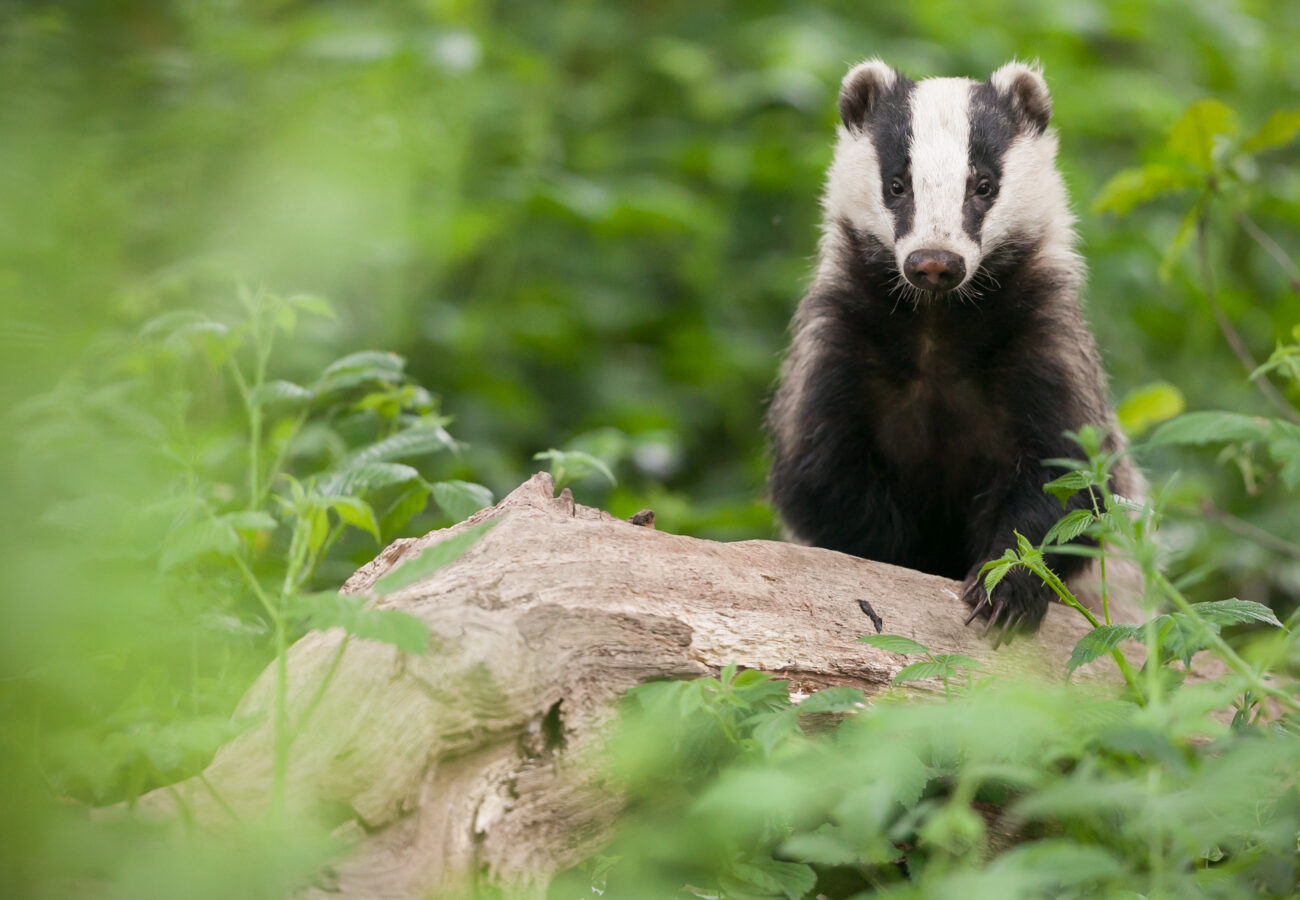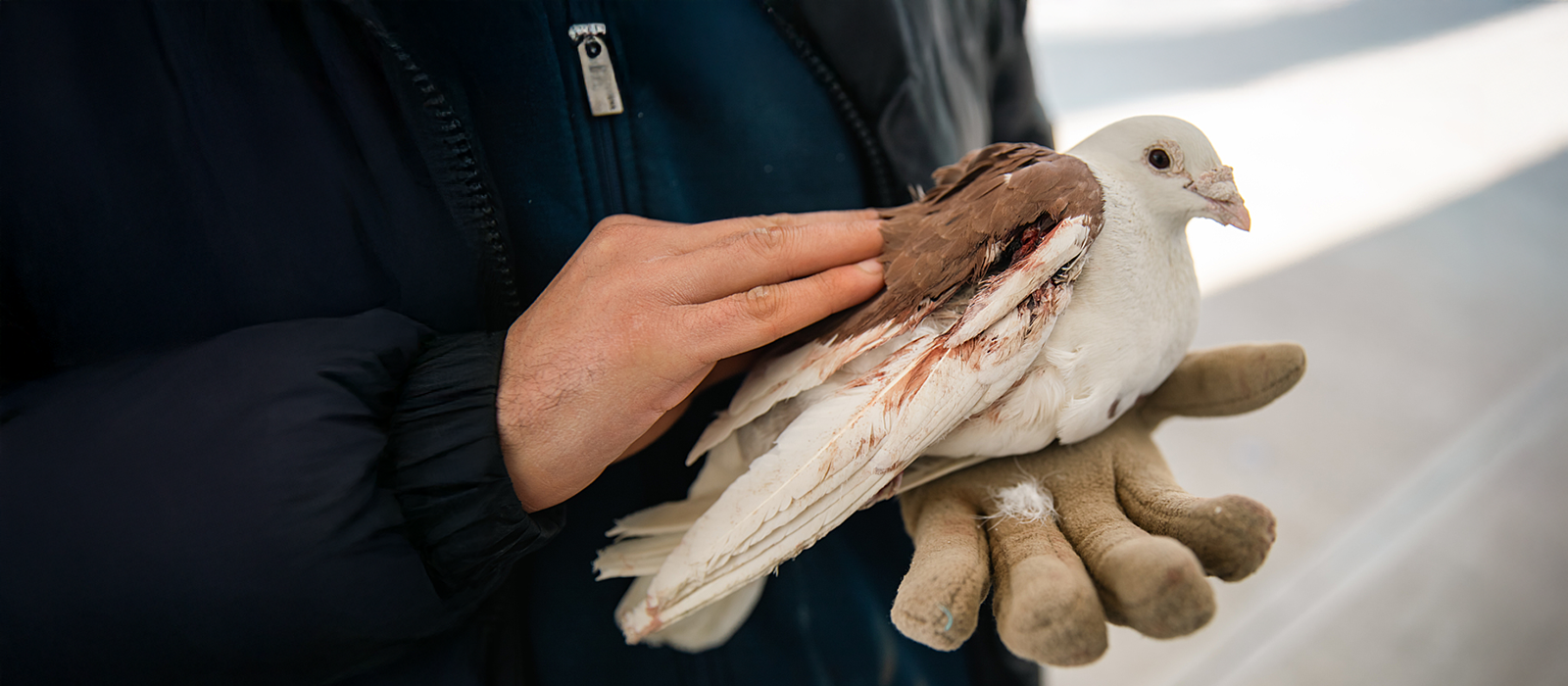Many animals are scapegoated as ‘pests’ and blamed for encroaching into our shared spaces. Local authorities and private companies may carry out pest control to eradicate them, simply because they dare to exist in the same place as us.
However, like us, these animals are just trying to survive: to feed and raise their young, and to live their lives in peace. We believe in the use of safe, effective and humane approaches rather than killing wild animals.

Foxes are very well adapted to living in our urban and suburban environments. While there is no real danger from foxes, some people prefer not to share their garden with them. Understanding a little about their behaviour will help you deter them if you want to do so.
Methods used to cull foxes are cruel and can inflict terrible suffering. Shooting frequently leaves foxes wounded and unable to hunt, which can lead to a slow and painful death. Trapping a fox and then releasing them in another area can cause extreme stress, as they are removed from their own territory. If a female fox with cubs is killed or injured, her babies can starve to death.
Killing foxes is not only cruel, it is also ineffective, as another fox will merely take the vacated territory.
Birds such as pigeons, gulls and geese like to share our urban areas, making use of the food we discard in town centres and parks. Many people love our feathered visitors, but they are often targeted by councils, rail companies and others for being a nuisance and making a mess with their droppings. Negative rumours are allowed to persist regarding health risks or aggression, which means these smart, intelligent birds are persecuted.
Shooting birds can never be entirely accurate, so wounded birds may be left to die in agony. Shooting with firearms can also pose a danger to the public and other wildlife.
The use of birds of prey, which are often not the natural predator species for pigeons, can also be extremely cruel, as terrified pigeons are pursued and torn apart.
Gulls generally mate with one partner for life, then work as a couple to find food, build a nest and raise chicks. Killing one gull can affect the whole family.
Methods used to cull geese, such as trapping and shooting, are cruel and can cause terrible suffering. Geese generally mate for life and may pine for many months following the loss of their mate.
Killing these smart visitors is futile, as others will take their place, and simple but effective measures can be adopted to deter our avian friends from certain areas.
Probably the most scapegoated animals to share our environment, mice and rats endure incredibly cruel and archaic types of ‘extermination’, from poisons to horrific glue traps (which are thankfully now illegal to use, despite remaining legal to purchase).
Rodent poisons typically cause animals to die from internal bleeding, which can take several days. During this time, the animals remain conscious and experience symptoms such as pain, thirst, dizziness and fear. Apart from causing pain and distress to the target animals, poisons can damage the environment and may affect non-target species, such as birds of prey or cats.
Snap traps (a ‘traditional’ trap designed to break the animal’s neck) may not kill rodents instantly, so animals can be left to suffer a slow and painful death.
Rats and mice choose to live close to people because of the ready availability of food and shelter. It cannot be stated too strongly that denying our furry friends access to food will ensure they soon move on.
Squirrels are common throughout Britain, and they delight and entertain us with their acrobatics and regular visits to our gardens and parks. Sadly, grey squirrels have been subjected to persecution and culls based on incorrect allegations that they threaten the survival of red squirrels.
Methods used to cull squirrels, such as trapping, shooting or bludgeoning them to death inside a sack, are cruel and can cause terrible suffering. Poisons typically cause animals to die from internal bleeding, which can take several days. During this time, the animals remain conscious and experience symptoms such as pain, thirst, dizziness and fear.
There are humane ways to deter squirrels from an area – killing them is cruel and unethical.
Campaign against a cull near you
As well as writing to the organisers of a cull, there are other ways you can campaign against this cruelty in your neighbourhood.
Writing to your local councillors is one such action. A councillor’s role is to represent and advocate for those that live in their area, and to provide a bridge between the community and the council. If the cull is being carried out by your local council, you can ask one or more of your local councillors to approach the council on your behalf. If the cull is on private property, for example a shop, they may still get involved.
People are more receptive if you can also provide an alternative, so why not download our Alternatives to Culling booklet to share with councils and organisations.
You can also use social media to alert others to the cull and get support for your campaign.

Take action for wildlife
Encourage others to coexist peacefully with our animal cousins by getting active in your local area.

